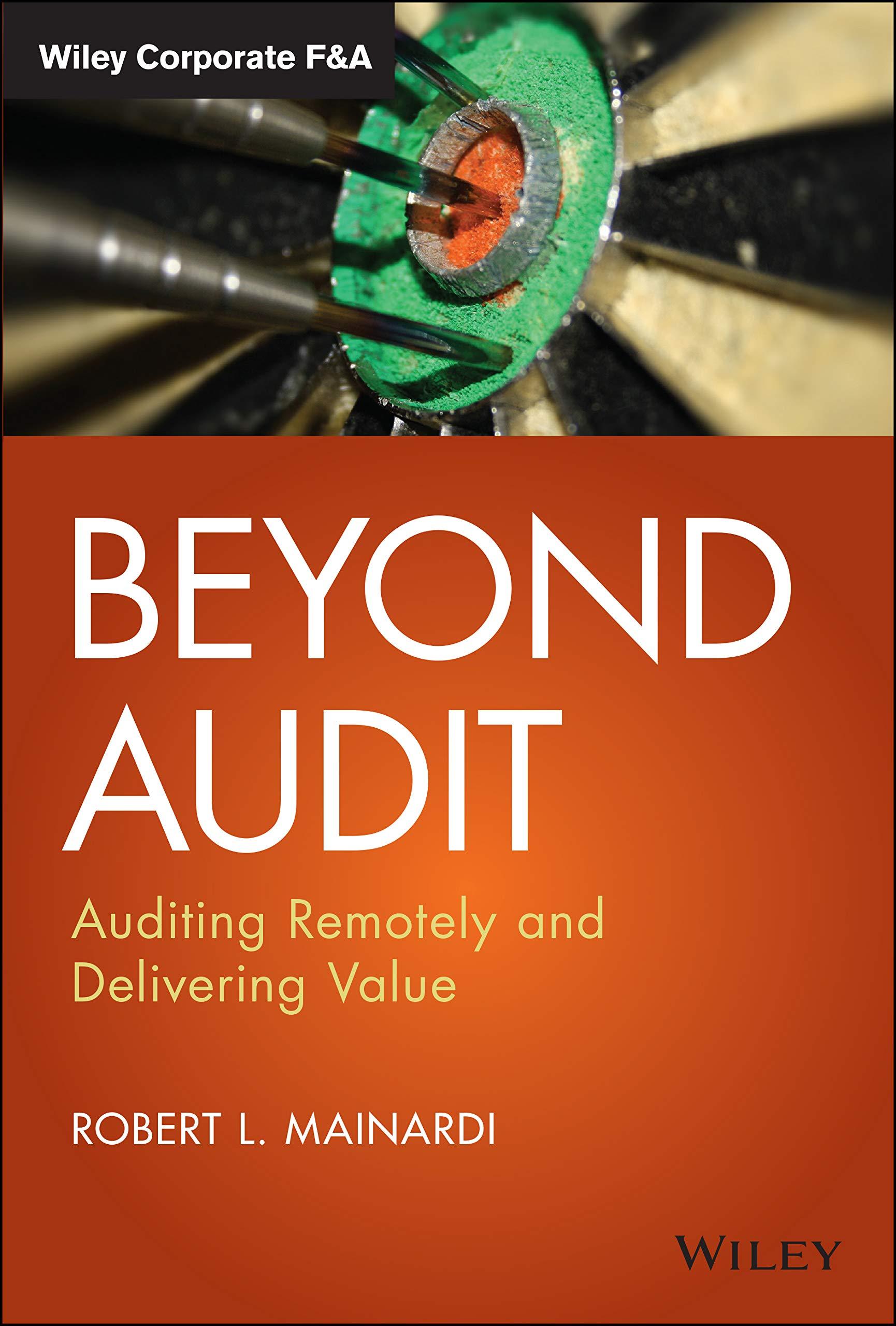Question
Austin Enterprises makes and sells three types of dress shirts. Management is trying to determine the most profitable mix. Sales prices, demand, and use of
Austin Enterprises makes and sells three types of dress shirts. Management is trying to determine the most profitable mix. Sales prices, demand, and use of manufacturing inputs follow:
| Basic | Classic | Formal | ||||||||
| Sales price | $ | 32 | $ | 80 | $ | 195 | ||||
| Maximum annual demand (units) | 19,000 | 12,000 | 29,000 | |||||||
| Input requirement per unit | ||||||||||
| Direct material | 0.5 | yards | 0.3 | yards | 0.6 | yards | ||||
| Direct labor | 0.9 | hours | 3 | hours | 8 | hours | ||||
| Costs | |||
| Variable costs | |||
| Materials | $ | 19 | per yard |
| Direct labor | $ | 15 | per hour |
| Factory overhead | $ | 3 | per direct labor-hour |
| Marketing | 10 | % of sales price | |
| Annual fixed costs | |||
| Manufacturing | $ | 51,000 | |
| Marketing | $ | 8,000 | |
| Administration | $ | 45,000 | |
The company faces two limits: (1) the volume of each type of shirt that it can sell (see maximum annual demand) and (2) 49,500 direct labor-hours per year caused by the plant layout.
e. Suppose that the company could expand its labor capacity by running an extra shift that could provide up to 17,500 more hours. The direct labor cost would increase from $15 to $18 per hour for all hours of direct labor used during the additional shift. What additional product(s) should Austin manufacture and what additional profit would be expected with the use of the added shift? (Round down "Units produced" to nearest whole number and final answer to 2 decimal places.)
Step by Step Solution
There are 3 Steps involved in it
Step: 1

Get Instant Access to Expert-Tailored Solutions
See step-by-step solutions with expert insights and AI powered tools for academic success
Step: 2

Step: 3

Ace Your Homework with AI
Get the answers you need in no time with our AI-driven, step-by-step assistance
Get Started


